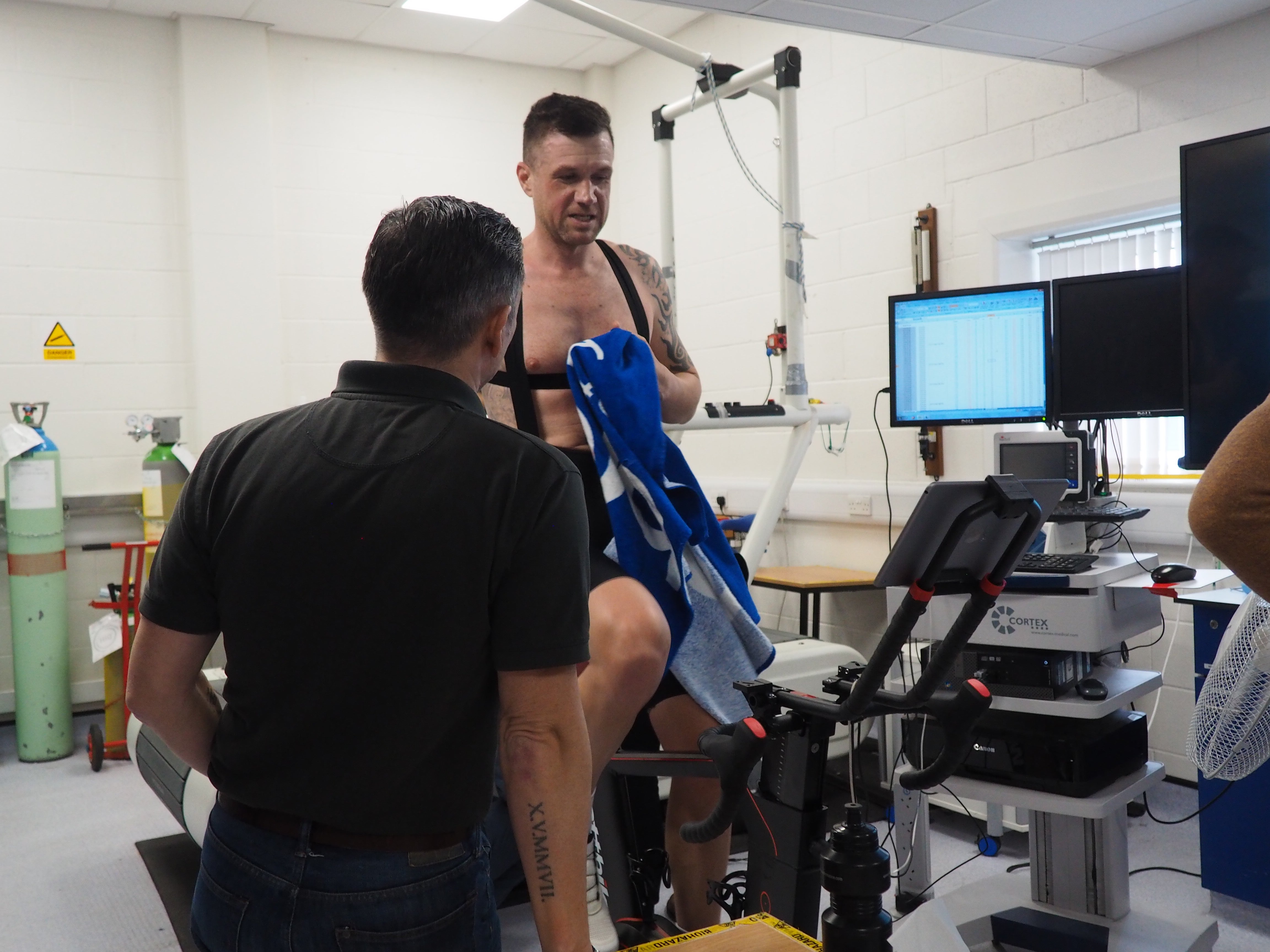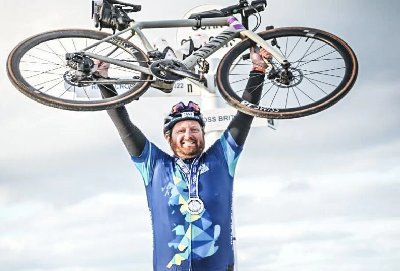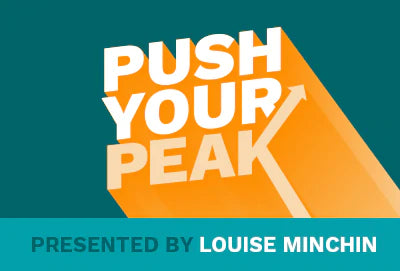Your Cart is Empty
wattbikes
accessories & service
training apps
news & information
James Golding: How to train for Race Across America
February 14, 2020 4 min read
After his success at Race Across the West,Wattbiker James Golding is ramping up his training for his next big adventure, Race Across America- an ultra-distance road cycling event totalling approximately 4800 kilometres from the west coast to the east coast of the US. With no stages, riders and their respective off-bike teams must judge exactly how much ground to cover daily, with races taking over a week to be completed. With no designated periods for fuelling, rest and sleep, half of the challenge is down to the rider’s crew to plan the most efficient and effective schedule for those racing, but that itself is no easy feat.

To plan exactly how to go about tackling the race, it is essential to look into the science behind a number of key factors. A rider’s V02 max scores, pedalling effectiveness, nutrition strategy and heat acclimatisation make all the difference when it comes to taking on an ultra race. We sent James and his crew, including coach Dean Downing and biomechanics extraordinaire, Lee Prescott, for a meticulous day of performance testing with Dr Barney Wainwright and his team of PhD students at Leeds Beckett University, to help the team understand what they should be looking for in order to make those crucial marginal gains.
Having hopped off the plane from Portugal less than 24 hours before, James Golding arrived meaning business. Within half an hour, he’d completed the necessary medical history forms- “you’re going to need an extra page for that,” he joked- defended his caffeine habits (coffee is life in Portugal), and was warming up on the Wattbike Atom smart bike ready for his first test of the day, a sub max test.
“The submaximal ramp test is an incremental step test, with the intensity rising every five minutes,” explained Barney. The test starts low, around 200 watts, and is designed to help James find a pace that he’ll find sustainable for RAAM.

“As you ride at a higher intensity you require more energy, and there are different physiological systems that dictate how we get that energy,” Barney added, pointing to the respiratory exchange ratio values on the testing screen. Understanding this will help the team to plan James’ nutrition strategy, as it indicates the intensities when James is burning fats or carbohydrates.
The submaximal test also tracked James’ heart rate, ventilation and oxygen consumption. His blood was taken every five minutes in order to understand his blood lactate levels so that the support team would understand at what point the body would need to produce more anaerobic energy sources. This information is used to accurately determine key intensities for his training.
“All of these factors are key indicators of cycling performance,” Barney said, “they’ll help to inform Dean about how James might need to change his training, and help James understand what kind of pace is sustainable.”
After a 20 minute break, it was back on the bike for a max ramp test. “This will determine James’ maximum capacity for consuming oxygen.” He explains that generally, the test is probably more relevant to people doing shorter efforts, such as track cyclists, but is still important for what James is doing. “We can concentrate on power, but that doesn’t tell you the underlying physiology.” Someone may be capable of putting out similar power numbers, but depending on their physiology, how they train to improve may be very different."
For the next part of the testing day, it was time to look at James’ biomechanics, mostly focussed on his pedalling effectiveness and time trial position. As well as finding a sustainable pace, it is important to make the pedal stroke as effective as possible. Motion tracking markers and sensors to measure muscle activity were positioned at points on James’ body, and his movement analysed on a screen by Barney’s team. His polar view from the Wattbike Hub was placed in front of him so he was aware of how he was pedalling. With a few minor adjustments, and James repeating “scrape the dirt off my shoes,” as he completed his pedal stroke, James was already pedalling at a much more effective rate.

Before heading into the heat chamber for 45 minutes (heat acclimatisation was one of the big challenges James faced at Race Across the West), James caught a breather to talk a little more about why the day was so important to his training, and reflect on how the race was only 130 days away. When asked what he was hoping to take away from the testing day, James said, “without trying to sound flippant, it’s about giving the guys the information they need to be able to look after me properly. I just need to ride a bike.”
“You get to a certain point in the event where you’ve done 3000 miles in nine days, so your decision-making process is gone- that’s back on the other side of California and you’re in Kansas. That’s when Dean and Lee and the others say, ‘right, you need to drink, you need to eat,’ so we need to make sure they have all the information they need. In short, this is more about the team.
Coach, Dean agreed. “Myself and Lee took so much away from the day. Barney and his team were so good, we learned a lot about James’s physiology and power data but also learned a lot about the nutritional aspects of what James needs to do on RAAM.
“We knew James would perform well at sub max as he is a fantastic endurance athlete, so if he keeps training at endurance pace each ride, then he won’t improve. Suggestions were made that the next phase of training should be more intervals and sessions above his threshold power to push him and his overall fitness more.”
“We have some more data to look at now and both myself and Lee are more informed on James's fitness and bike position, but also we can make more plans to control the training towards RAAM.”

Race Across America 2020 starts on the 16th June.
Race across the west photos by Joolze Dymond Photography
Also in Training

Fitter for winter in 5 steps
October 18, 2023 2 min read
Training is tough, there’s no two ways about it. But getting started shouldn’t be – here’s 5 steps to making the most of your indoor riding this winter, and partner your training with the Wattbike Atom.
Read More
Ride the Tour de Wattbike with Alex Dowsett
June 30, 2023 6 min read
Get ready to chase yellow with Pro Rider Alex Dowsett. 8 new workouts now on the Wattbike Hub.
Read MoreUNLOCK YOUR EXCLUSIVE DISCOUNT!
SUBSCRIBE TODAY TO RECEIVE YOUR UNIQUE WELCOME SAVING DIRECTLY TO YOUR INBOX.











